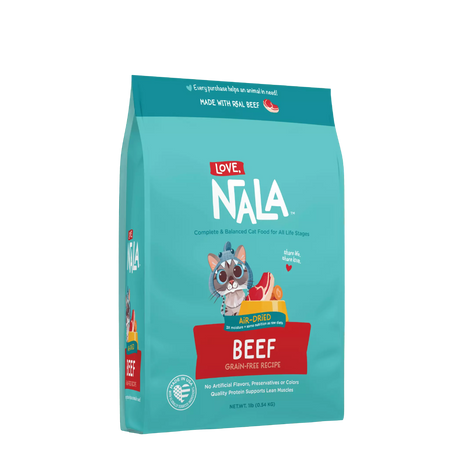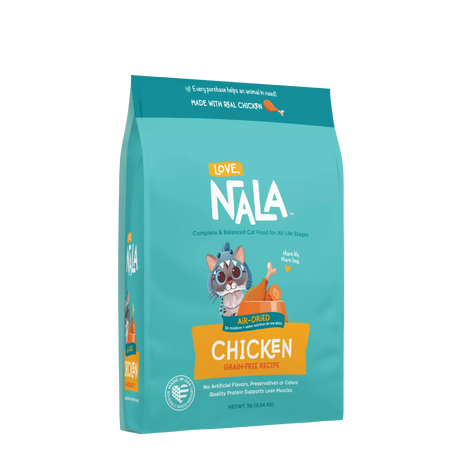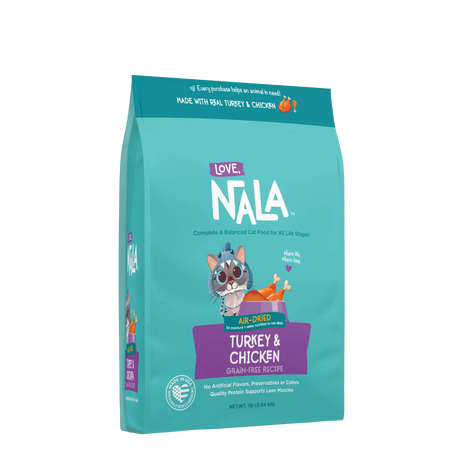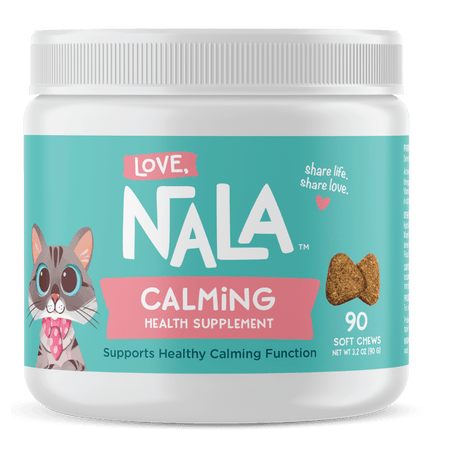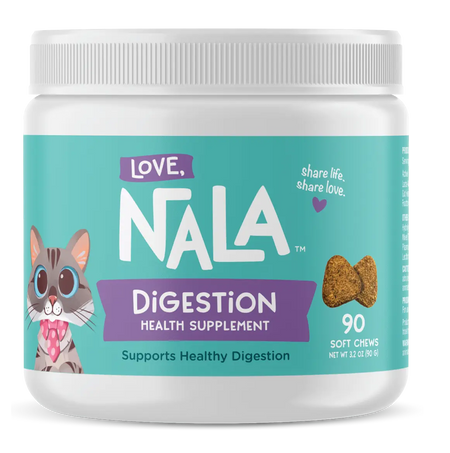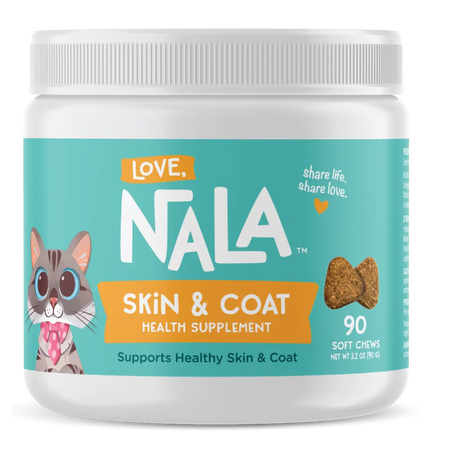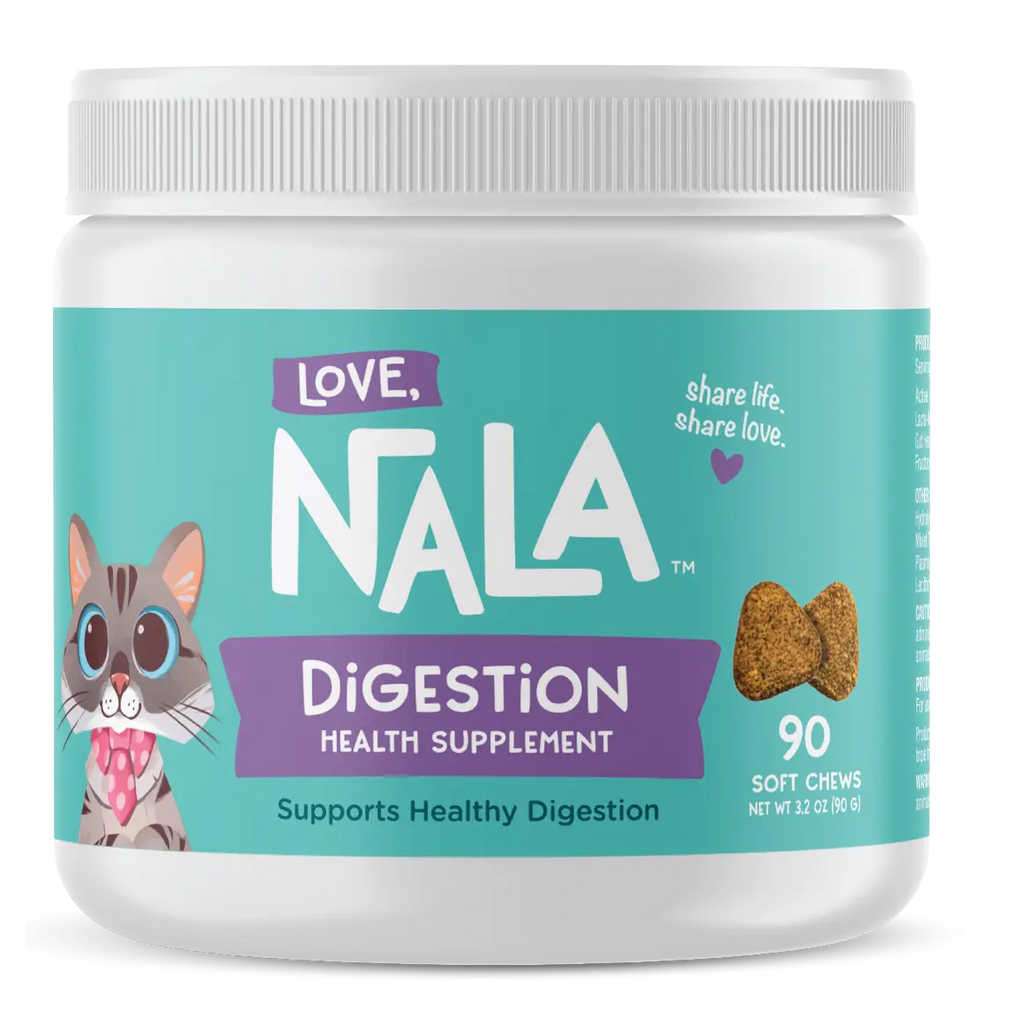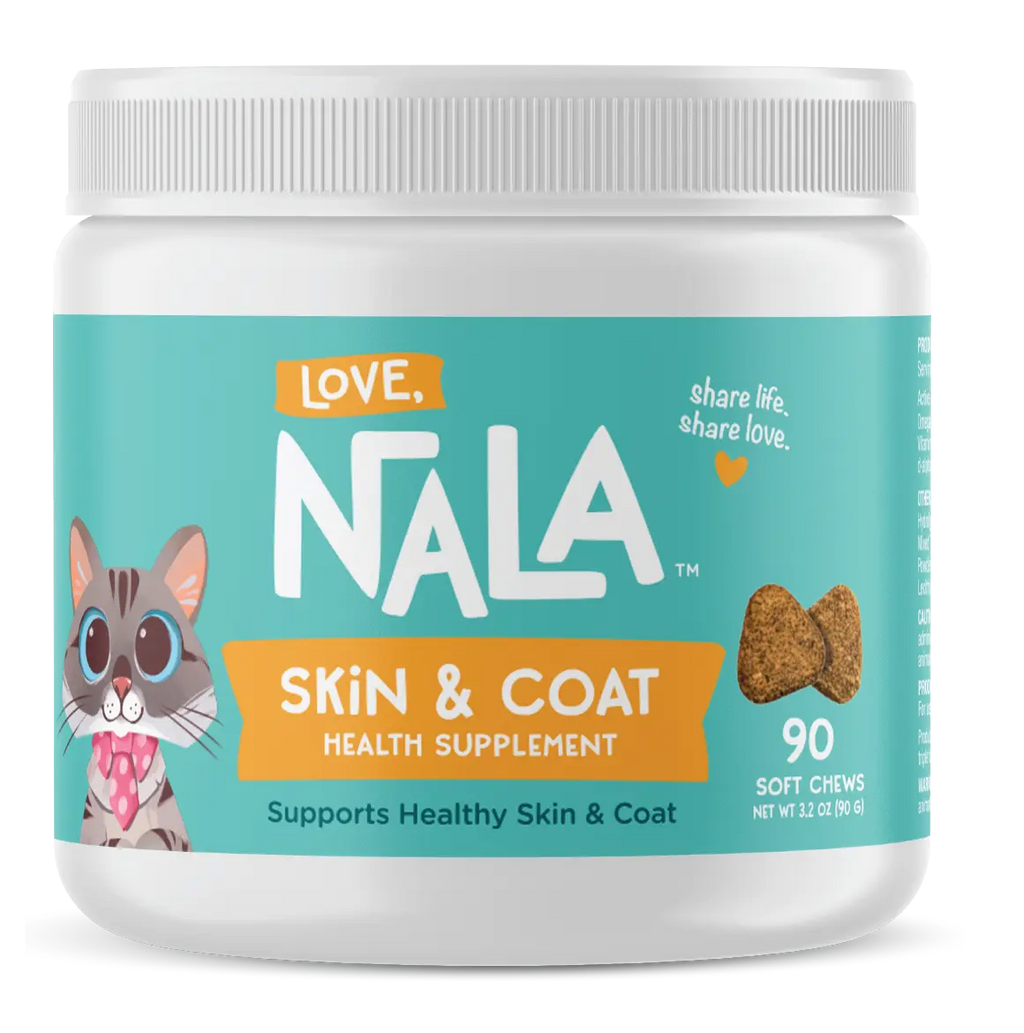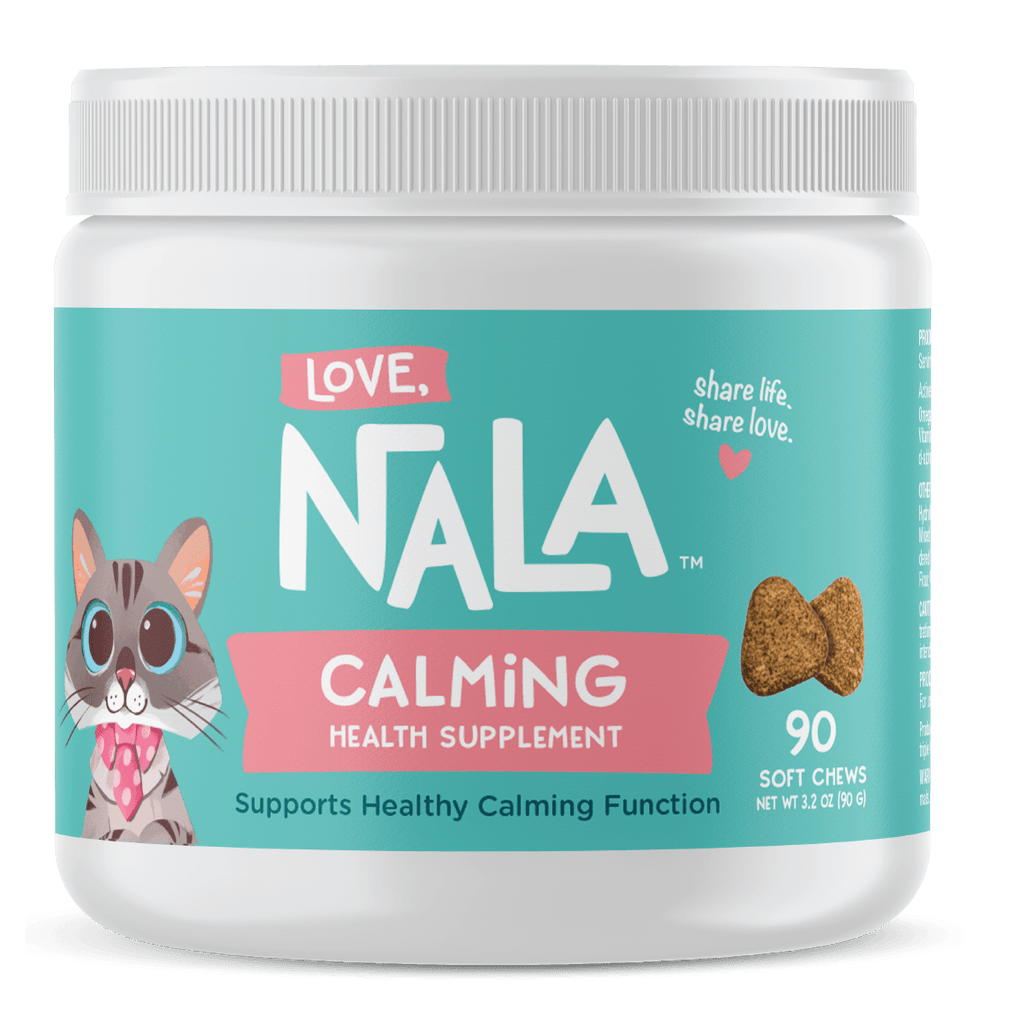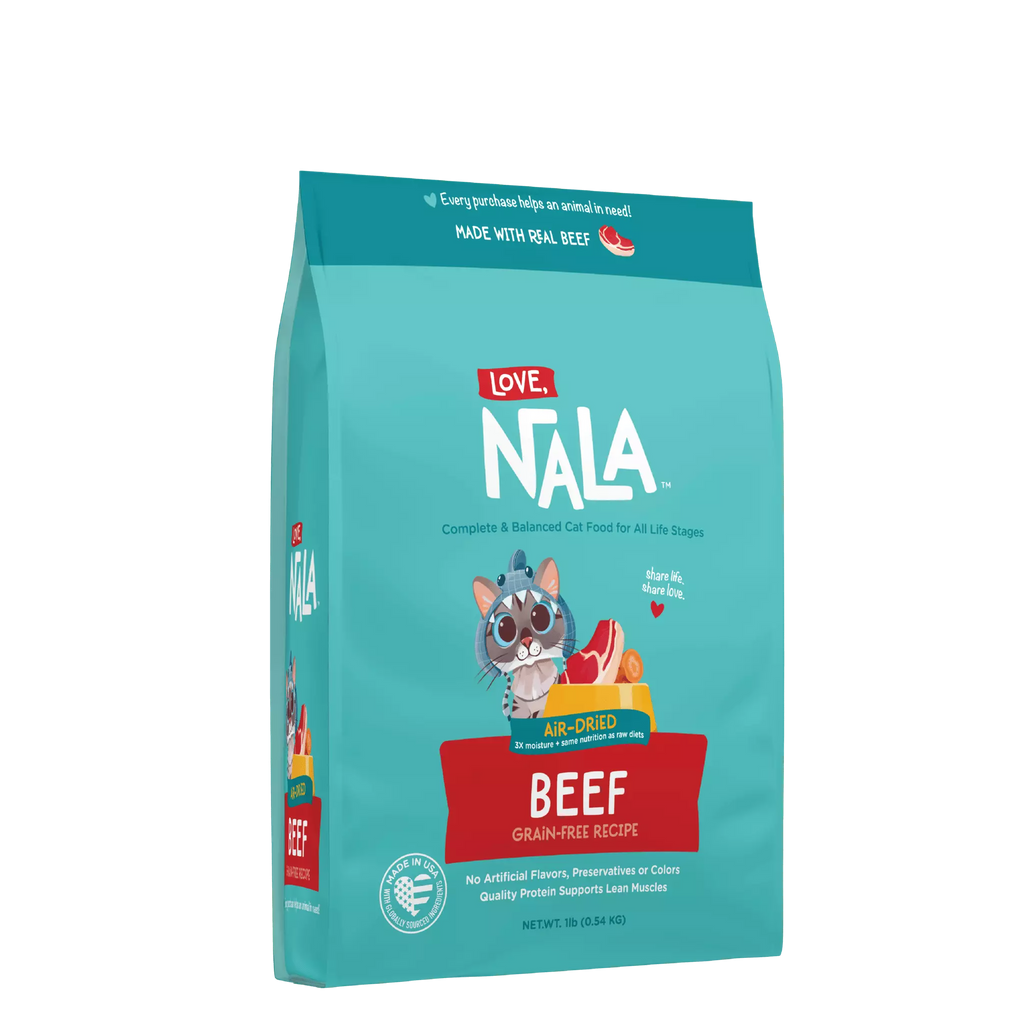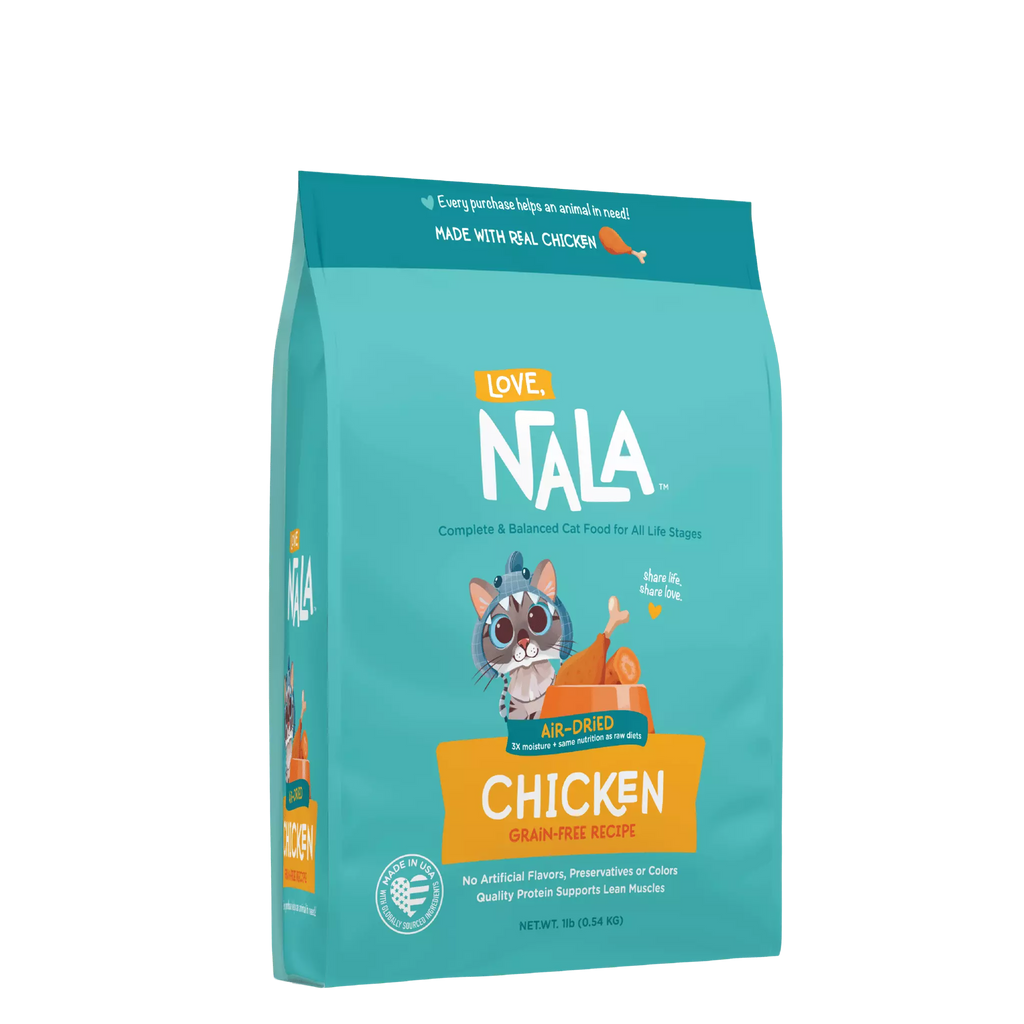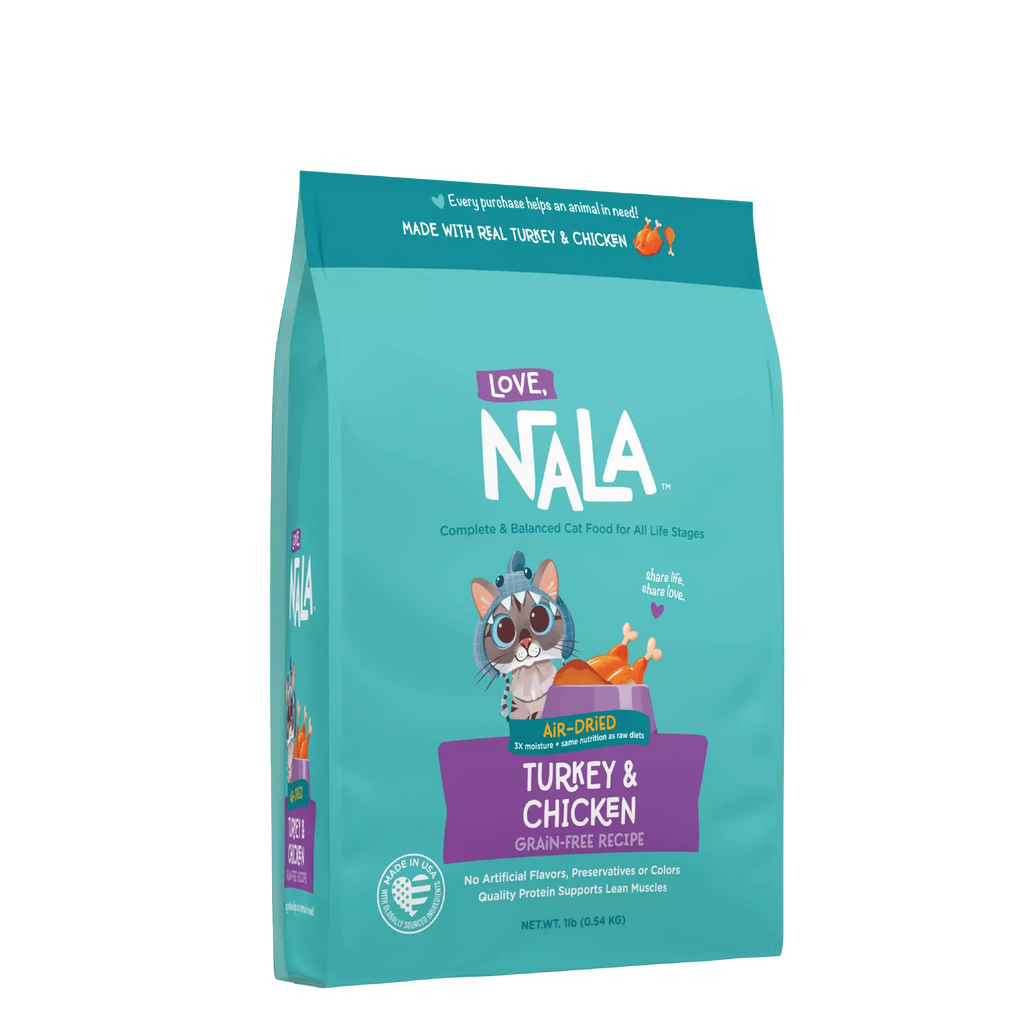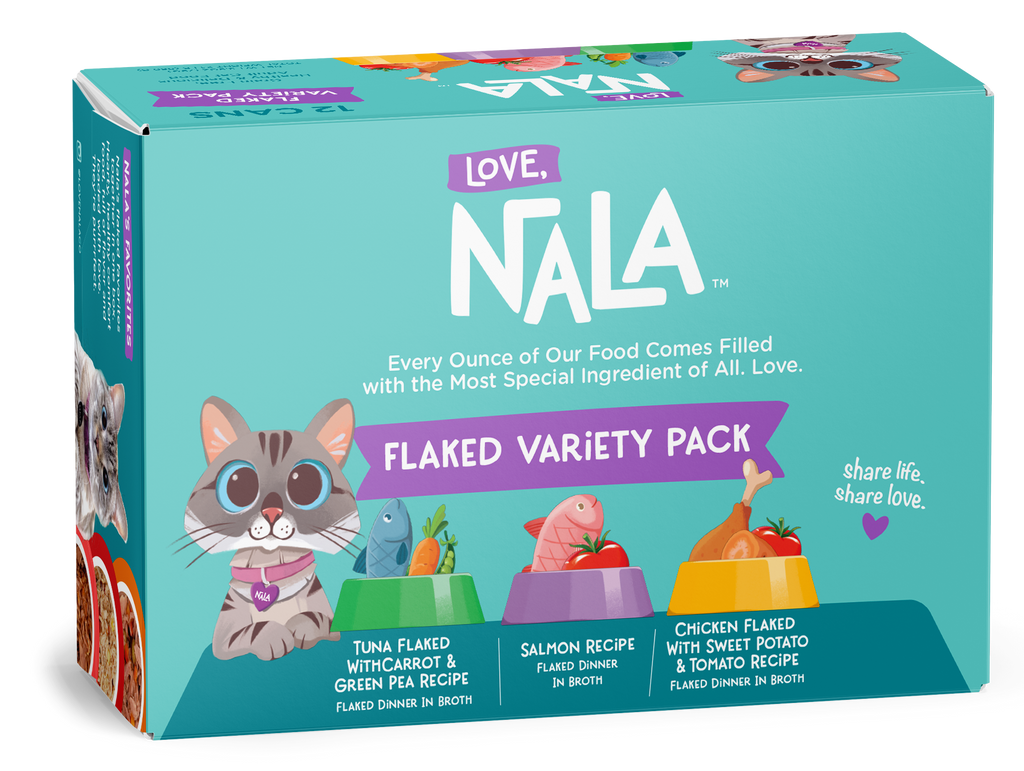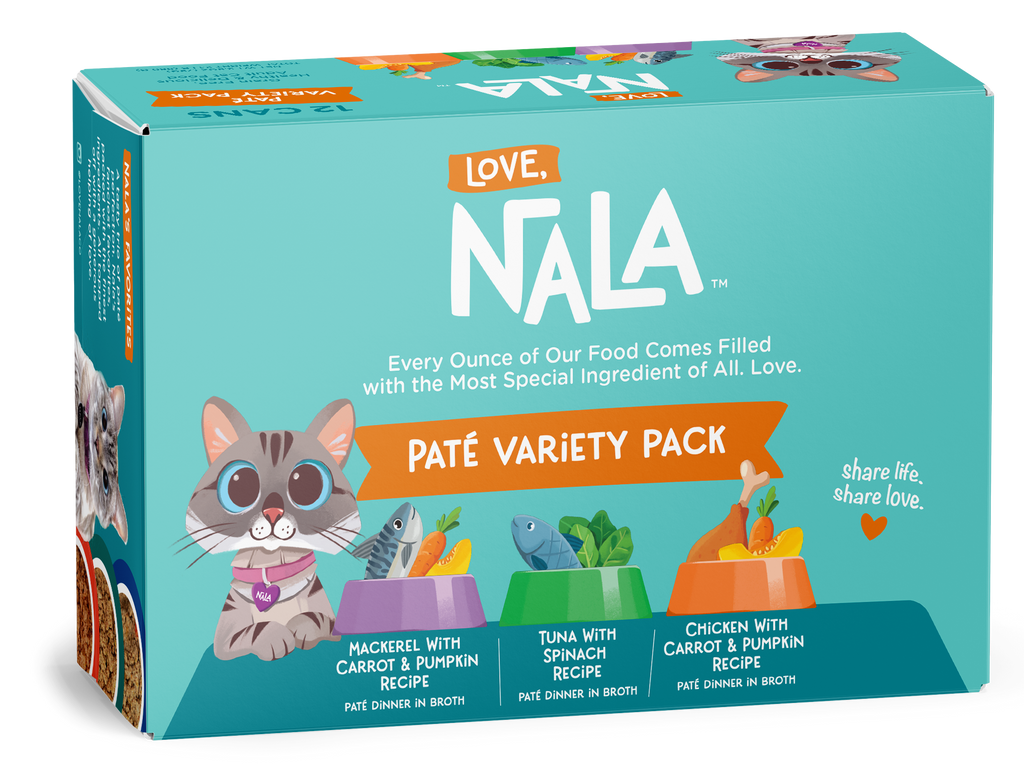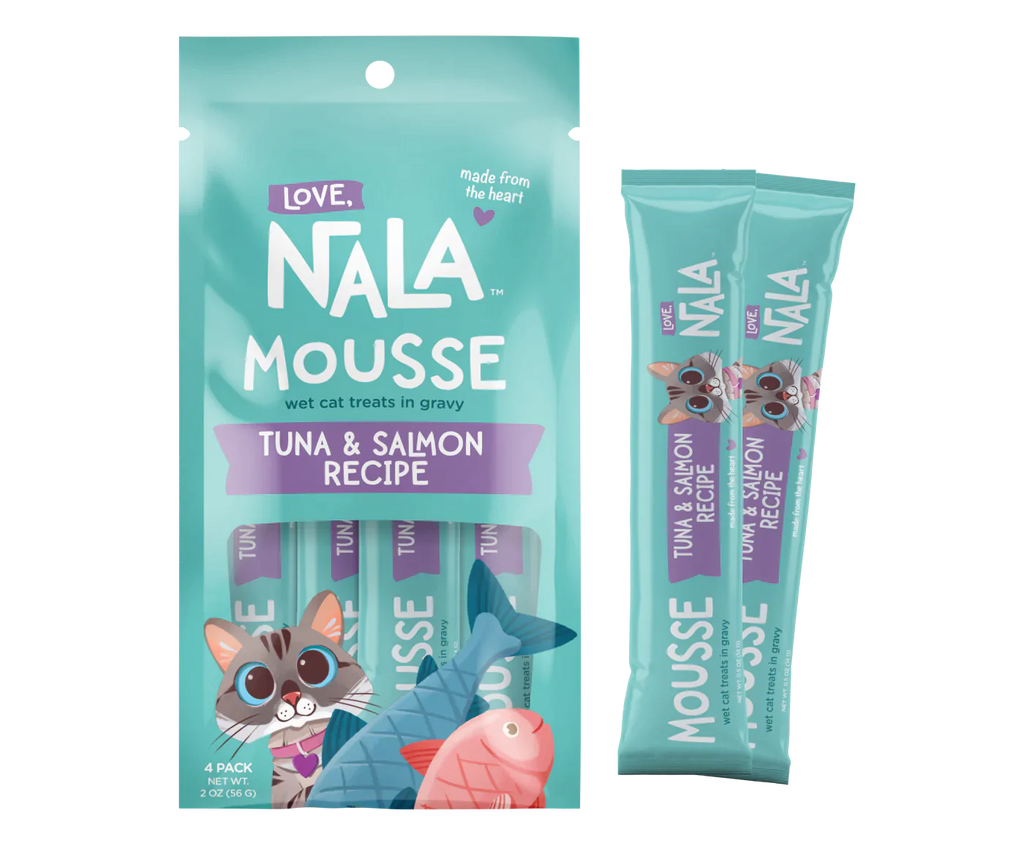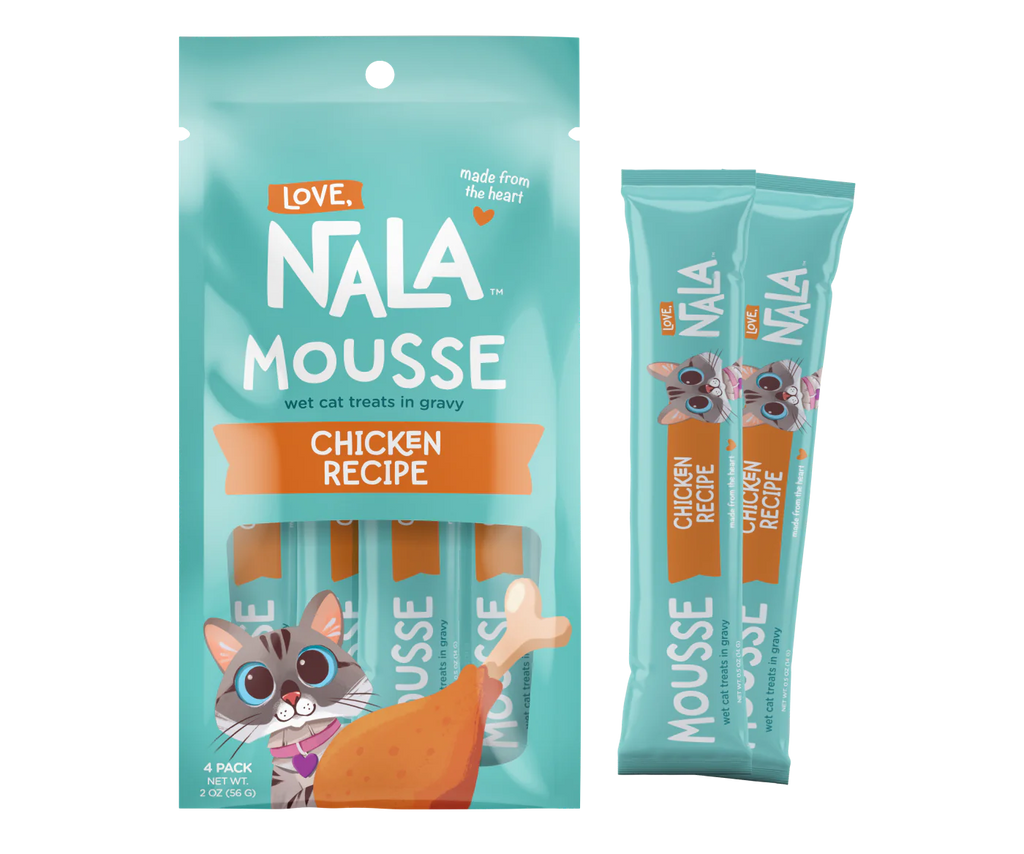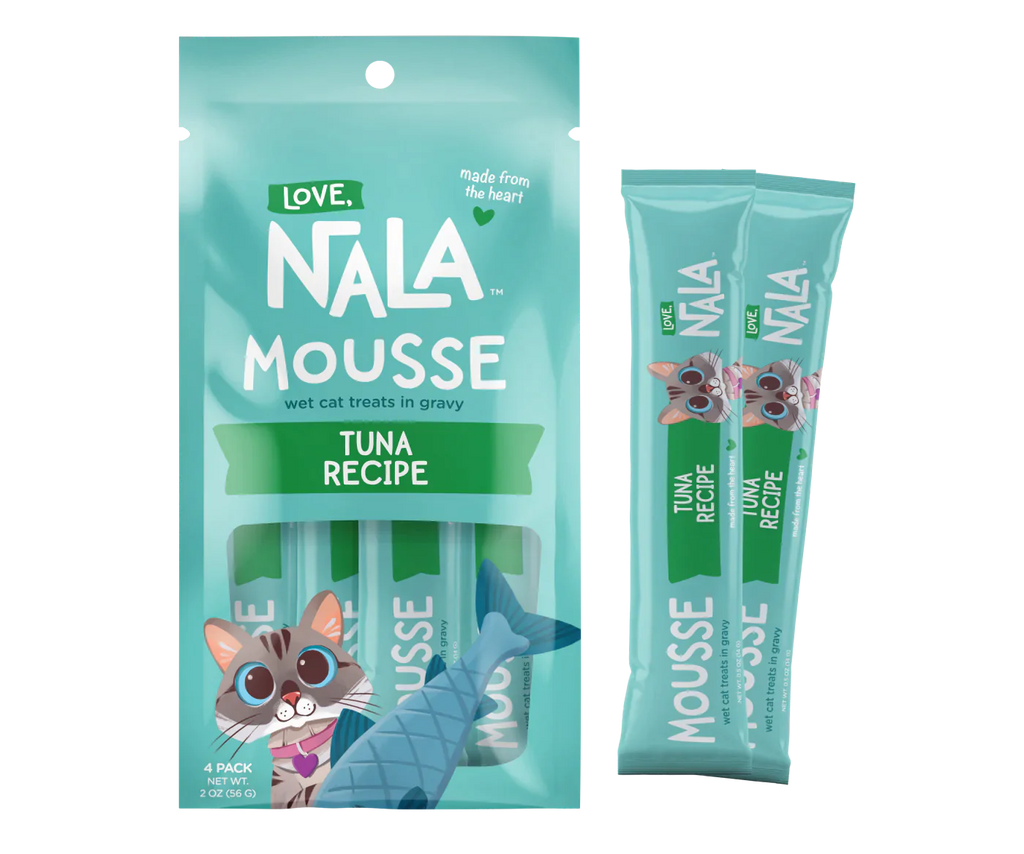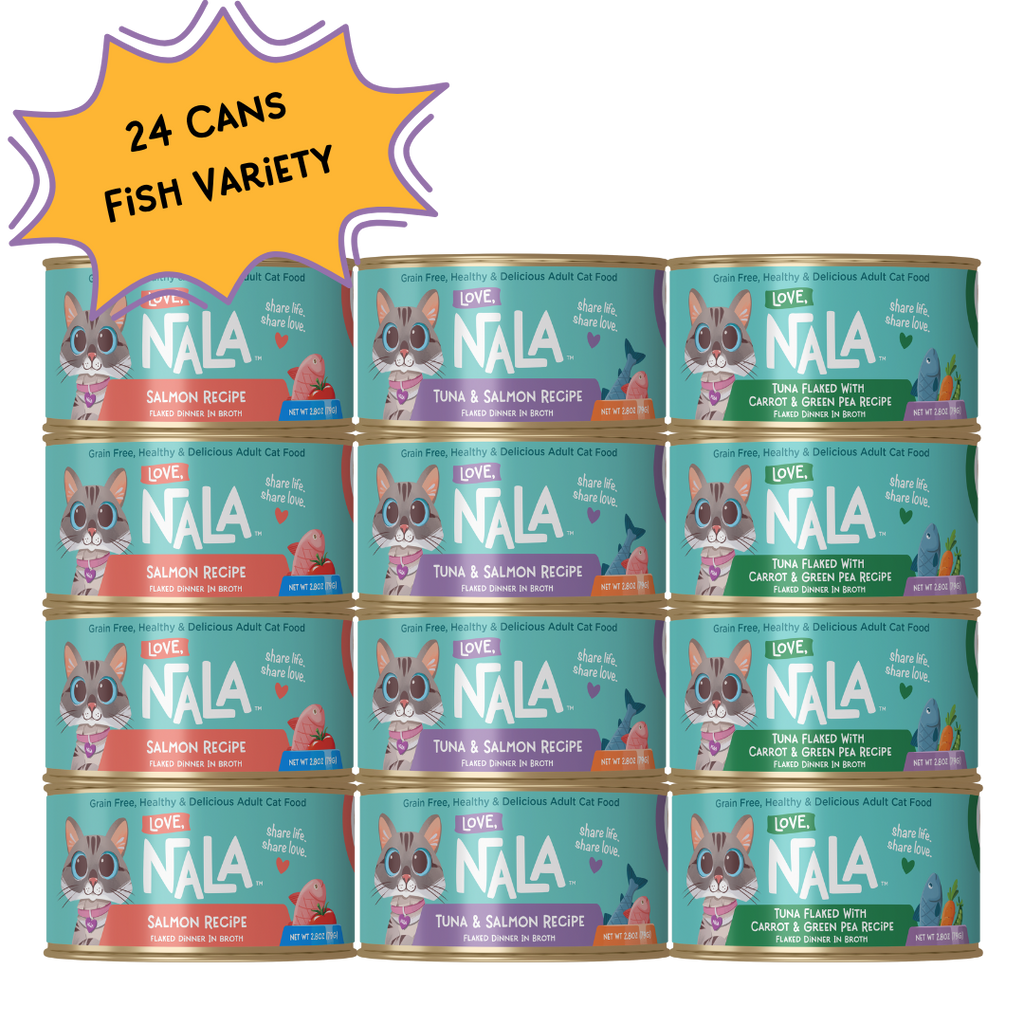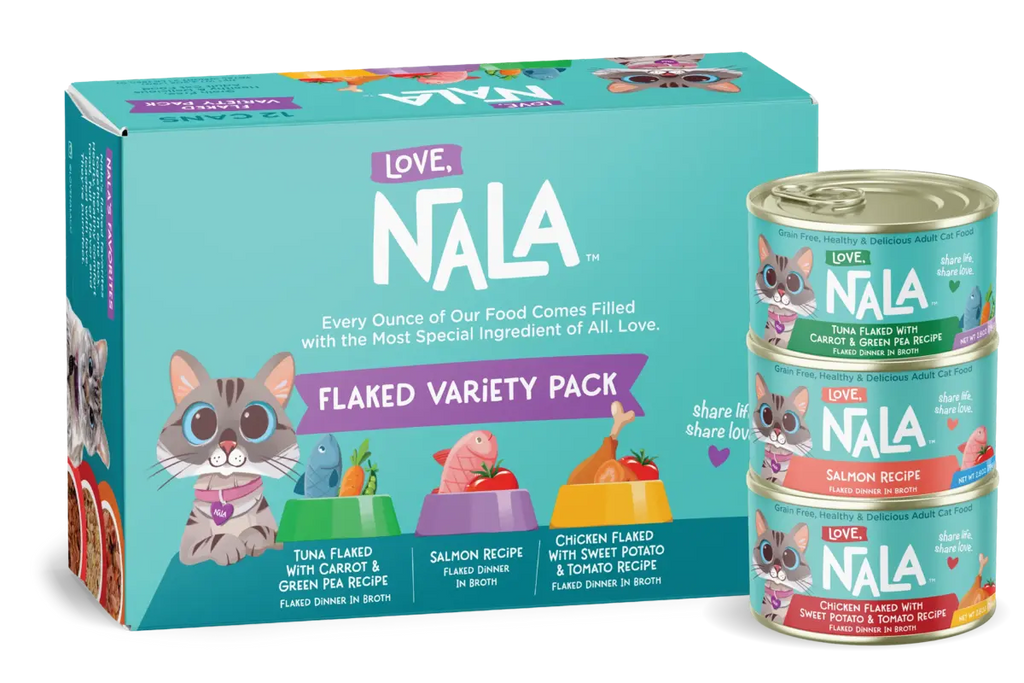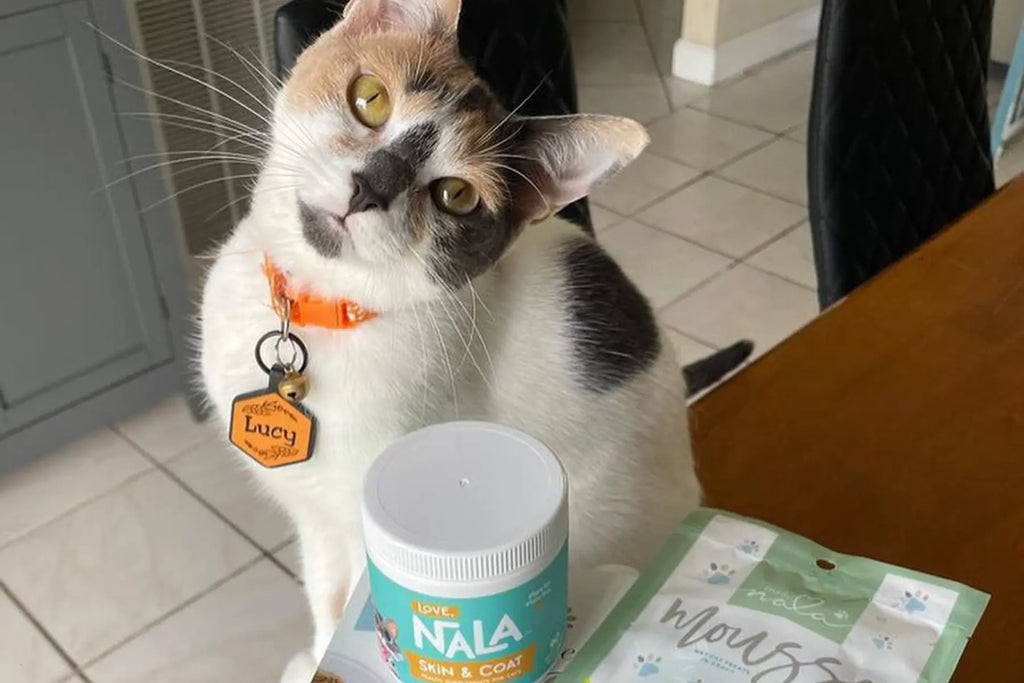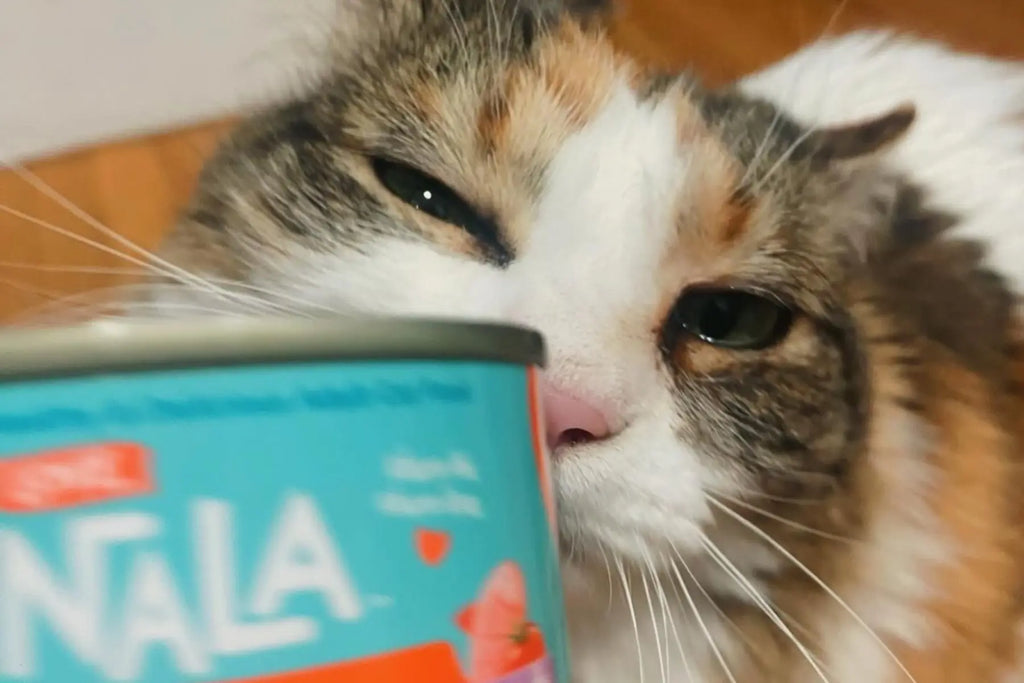As cat parents, we all strive to provide the best for our feline friends. Part of this responsibility involves ensuring that our cats are nourished with a balanced diet. Choosing the right cat food can be a challenging task given the plethora of options available. This post aims to demystify the process and equip you with the information you need to make an informed decision. Let's delve into the importance of a balanced diet and how to navigate through the myriad of cat food options.
The Nutritional Components Cats Need
Cats, those enigmatic and graceful creatures, possess unique nutritional requirements that set them apart from other animals. As obligate carnivores, their bodies are finely tuned to thrive on a diet rich in animal protein. This fundamental need for proteins is crucial to their overall health and well-being. However, it is not only proteins that play a vital role in feline nutrition. Fats, carbohydrates, vitamins, and minerals are all key components that contribute to a cat's optimal health.

Proteins and Fats
As mentioned above, cats are obligate carnivores; their bodies are designed to thrive on animal protein. A high-quality, healthy cat food should contain a substantial amount of protein, primarily from animal sources. Fats, particularly omega-3 and omega-6 fatty acids, are also crucial for cats as they contribute to skin and coat health, among other benefits.
Carbohydrates
Unlike humans and dogs, cats have a limited ability to utilize carbohydrates. Thus, the best cat food for indoor cats, who typically have lower activity levels, should have low carbohydrate content to prevent obesity.
Vitamins and Minerals
Finally, vitamins and minerals are essential to support a range of bodily functions, including immune response and bone health. For instance, taurine, an essential amino acid, is necessary for cats' heart health and vision.
Different Types of Cat Food
When it comes to choosing the right food for your feline friend, there are various options available, each with its own advantages and considerations. Understanding the different types of cat food can help you make an informed decision about what to feed your beloved pet. Below, explore three popular types of cat food: dry cat food, wet cat food, and raw food.
Dry Cat Food
Also known as kibble, dry cat food is a popular choice among cat owners. The best dry cat food is nutritionally balanced and convenient to serve. It also aids in dental health by reducing plaque build-up. However, it's low in moisture, which might lead to dehydration if not supplemented with wet food or sufficient water.
Wet Cat Food
The healthiest wet cat food options provide hydration and are often more palatable to picky eaters. It's also beneficial for cats with urinary issues. However, they typically have a shorter shelf life once opened.
Raw Food
Lastly, raw food aims to mimic a cat's natural diet. While some owners swear by it, others express concern over bacterial contamination and the balance of nutrients. It's vital to consult your vet before switching to a raw food diet.
Dietary Requirements for Cats
Understanding a cat's dietary needs is essential for providing optimal care and promoting its overall health. Below, we will explore the dietary requirements for cats, taking into account factors such as age, size, breed, activity level, and health conditions.
Age, Size, and Breed
Kittens require more protein and calories than adult cats due to their rapid growth. Older cats might benefit from food tailored to senior cats, which often has lower calories and more fiber. Certain breeds might also have specific dietary needs.
Activity Level and Health Condition
An active outdoor cat requires more calories than a less active indoor one. Cats with health conditions like allergies may require hypoallergenic cat food, while cats with digestive issues might need the best cat food for a sensitive stomach.
Deciphering Cat Food Labels and Packaging
Understanding cat food labels is key to choosing a high-quality product. "Complete and balanced" means the food meets minimum nutritional standards. Ingredients are listed in descending order by weight. Animal-based proteins should be at the top of the list.
The term "grain-free" cat food indicates that the product doesn't contain wheat, corn, or other grains. This might be beneficial for cats with certain allergies but doesn't necessarily mean it's low in carbohydrates.
Premium cat food usually refers to products that contain higher quality ingredients, but it's not a regulated term. Always verify the ingredient list and nutritional analysis to ensure it aligns with your cat's needs.
Debunking Myths about Cat Food
Common misconceptions about cat food can confuse cat owners, leading them to make uninformed decisions about their feline companions' diet. One common misconception is that cats should primarily consume fish-based food because cats are known to love fish. While it is true that fish can be a tasty treat for cats, a diet based exclusively on fish, such as tuna, is not nutritionally balanced. Cats require a wide range of nutrients, including essential vitamins, minerals, and amino acids that may be lacking in a fish-only diet. Therefore, while the best tuna cat food can provide some of these nutrients, it should not constitute the entirety of a cat's diet.
Another widespread myth is that dry food helps clean a cat's teeth. While dry food may have a slightly beneficial effect on dental health compared to wet food, it is not a substitute for proper dental care practices. Cats, like humans, can suffer from dental issues such as plaque buildup, tartar formation, and gum disease. The best way to maintain a cat's dental health is through regular dental care, which includes brushing their teeth with cat-specific toothpaste, providing dental treats or toys, and scheduling professional dental cleanings when necessary. These practices not only help keep a cat's teeth clean but also prevent potential dental problems that can cause discomfort and affect their overall well-being.
Transitioning Your Cat to a New Diet
Changing a cat's diet should be a gradual and careful process in order to ensure its health and well-being. By introducing a new food gradually, you can help prevent digestive issues and resistance to the new diet.
To start the transition, mix a small amount of the new food with the current one. Begin with a ratio of 75% current food and 25% new food for the first few days. Monitor your cat's reaction and if they tolerate it well, gradually increase the proportion of the new food every few days. Over the course of a week or two, aim for a 50-50 ratio, then progress to 75% new food and 25% current food, until finally transitioning to 100% new food.
It's important to observe your cat's behavior, appetite, and stool consistency throughout the process. Remember, each cat is unique, so the timeline and proportions may vary. By being patient and attentive, you can ensure a smooth transition and a happy, healthy cat.

Consulting a Vet About Your Cat's Diet
Always consult a vet before making significant changes to your cat's diet. Regular vet check-ups can catch potential health issues early and provide personalized advice based on your cat's specific needs.
Choosing the right cat food involves considering multiple factors, from understanding the key nutritional components to knowing how to read labels correctly. Armed with this information, you can ensure your feline friend stays healthy and happy. Ultimately, there's no one-size-fits-all answer, and the healthiest dry cat food or healthy wet cat food for your cat depends on their specific needs.
